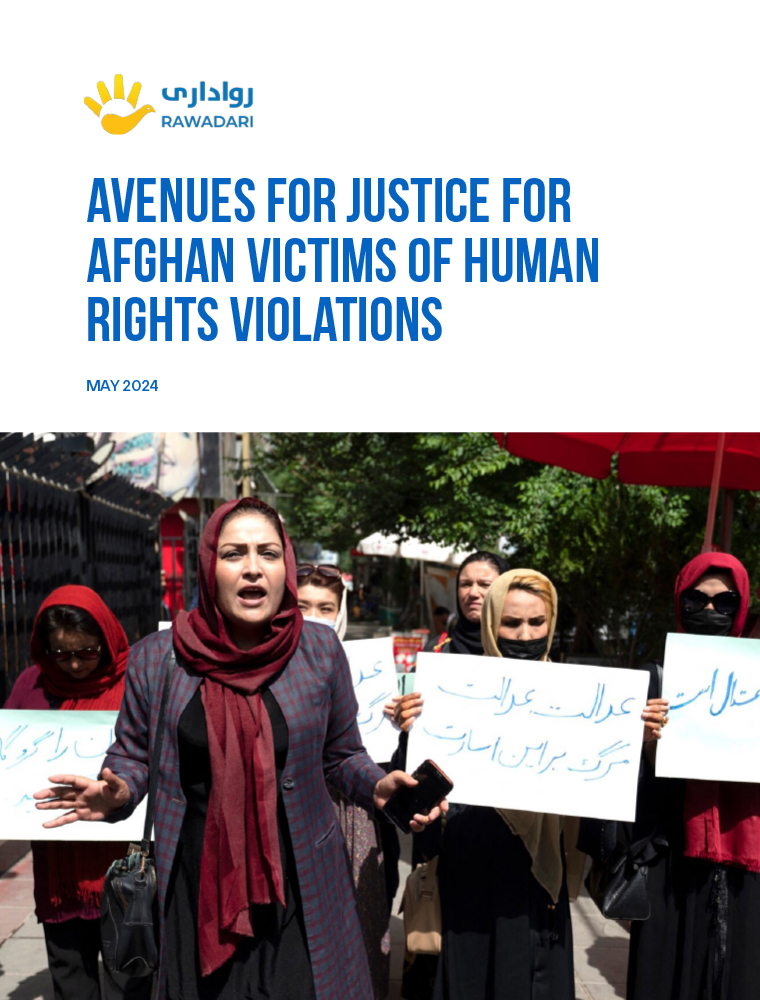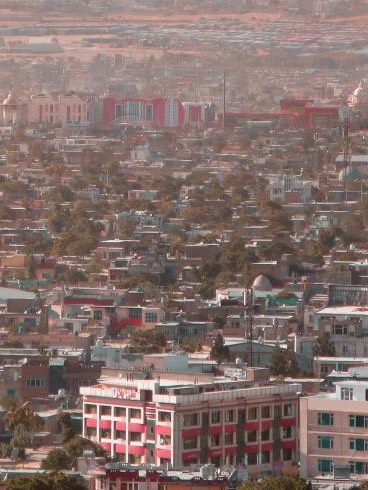
Introduction
Decades of war and conflict have resulted in countless victims of war crimes, crimes against humanity and potentially genocide in Afghanistan. Most have never known justice. Without justice – accountability, redress and reconciliation – individual suffering continues and the nation’s cycle of war and violence will not end. Therefore, even as impunity and grave violations continue inside Afghanistan, it is of great importance to identify potential avenues for pursuit of justice. Domestic avenues are currently blocked, but a number of international paths remain. This brief guide identifies viable, international judicial and non-judicial mechanisms for accountability for Afghans and is intended as a reference for activists and civil society organizations.
The current avenues for international justice emerged in the post-world war period, as the international community sought to recover from unimaginable crimes against humanity. States worked together to create laws to prevent the reoccurrence of such atrocities and establish institutions to prevent or prosecute international crimes, including the International Criminal Court. Many of these laws reflected international customary law or legal norms which resonated with the large number of States involved in their creation. These laws and mechanisms are far from perfect and continue to evolve. But with grim prospects for justice inside Afghanistan and through national mechanisms, these mechanisms may be Afghans’ most viable option for justice. Each avenue has its strengths and weaknesses, and would ideally be used in a complementary fashion, to maximize the benefit for victims and the impact.



